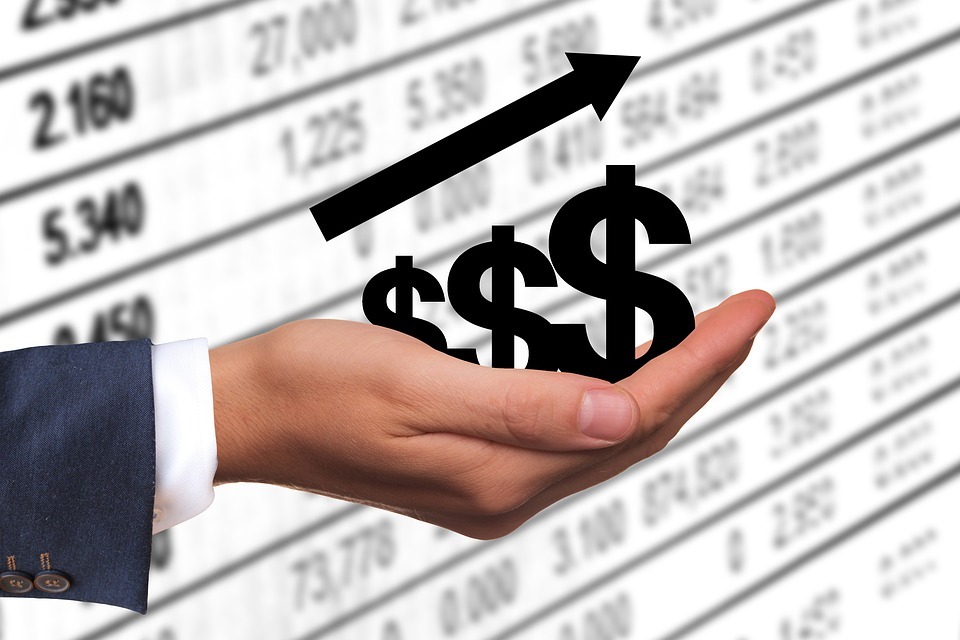The Tools of a Forex Trader
Trading today’s financial markets is super-fun. And even more, easy to analyze different markets, and currency pairs.
Do you know why?
Personal computers, software, computing power…technological breakthroughs made this possible. They changed the way the markets function. And, they change the way trading is done.
Let me give you an example. The GBPUSD pair’s “nickname” is Cable.
It comes from a reference to the long underwater cable first used to communicate financial data between London and New York. Nowadays, the undersea world is full of cables connecting major business centers and other various things around the world.
Still, a few years ago, another one was made to connect London with New York. The purpose was to improve trading speed by a few milliseconds.
That’s the power of technology and its influence in today’s trading. Such technological leaps influenced the way Forex trading is done on the retail level too.

Trading Tools to Use in Forex Trading
Before the personal computer, charting was done with pen and paper. Also, Forex trading didn’t exist back then except for the big players. The retail traders couldn’t access the interbank market.
Nowadays everything has changed. Not only in the sense that everyone is free to participate in foreign exchange trading, but today’s traders have access to a plethora of trading tools.
Types of Orders to Use
Forex traders have multiple options to trade. One is to buy and sell at market.
This means that they just click on the bid and ask price and sell or buy at whatever the price is stated on the market. However, Forex trading at the market has its risks.
The significant drawdown comes from the fact that it is subject to… well, subjectivism. I mean, rarely is there a plan when trading at the market.
Plus, conditions aren’t the same as traders are the most sensitive when the market moves aggressively. Or, when volatility exists.
But trading at the market is just one option. Plenty of other possibilities exist, like:
- Buy limit order. Placing a pending buy limit order means traders want to buy from lower levels. Except they don’t know when and if the price will fall. As such, placing such an order makes sure the entry is guaranteed if the trading scenario and analysis remains valid.
- Buy stop order. Sometimes, Forex trading requires buying strength. Effectively, it means buying takes place from higher levels than the current ones. For whatever the reason, traders don’t like this type of pending order. Most of the times the entry comes in an overbought area on most oscillators. This makes traders double guessing the entry, and most of them hesitate to stay with the original strategy.
- Sell stop order. The sell stop order means to sell from lower levels. While the market falls like a rock, traders have the mind to still sell at lower levels. This type of trading faces the same psychological problems as the previous ones.
- Sell limit order. Selling from higher levels or trying to pick a top, in both cases, it implies a trading plan exists. After all, if the market doesn’t reach that level, traders merely delete the pending order.
In any case, pending orders imply a plan is in place. When that’s the case, emotions remain out of the trading game, and chances for the take profit to come increase significantly.
Depending on the Forex broker and the type of the trading account, the trader has other orders at his/her disposal, like:
- OCO. The One-Cancels-Other order is in fact, some sort of a channel order. The trading platform allows placing two orders at the same time. Now that one is filled, the platform automatically closes the other one. For example, a trader can set a pending buy stop limit on a currency pair (meaning he/she wants to buy from higher levels than the current price) and a pending sell stop too (meaning the selling will take place only at lower levels). Such orders are a favorite when a currency pair forms an extended range. Using them, traders make sure they avoid paying negative swaps and protect the margin in a Forex trading account until the market breaks the range.
- Trailing Stop. An excellent tool to let your profits run, the trailing stop does just that: it trails the price. Traders can set the lag or distance between the current price and the trailed stop. The way it functions is that, in an upside move, if the price advances one pip, the trailing stop automatically rises one pip too. If the price were to decline, the trailed stop stays fixed. This way, traders make sure to make the most out of a trend, as riding a trend is one of the most challenging things to do in Forex trading.

Basic Charting Tools
Any trading platform comes with default indicators (trend and oscillators), and traders can also apply trading theories on charts (Elliott, Gartley, Gann, etc.).
However, some charting tools exist to make life more comfortable for traders. Moreover, trading theories and strategies are used extensively. Here are some to note:
- Fibonacci Tools. Fibonacci Extension, Retracement, Time zones, and more tools exist to make a trader’s life easier. The Fibonacci ratios apply both to price and time in charting a currency pair.
- Trend lines and Channels. A simple trend line keeps traders on the right side of the market. Simple channels too, together with Fibonacci, Standard Deviation, Linear Regression Channels.
- -Chart types. In time, chart types evolved from the classic line and bar chart to the common favorite, candlesticks. Traders prefer the candlestick charts due to the simple candlestick techniques integration.
Arrows, shapes, texts, notes, and all kind of other simple tools exist for traders to use. Never be afraid to use them on a chart but be aware that a simple chart always works best.
Overcrowded charts lead to overinterpretation. Make sure you build your own trading system, use the tools needed, and stick with it.
Conclusion
The tools presented in this article are only some of the features to use. The Internet is an excellent source of research that gives access to fantastic trading strategies and tools.
Yet, one thing remains: there’s no holy grail in Forex trading. The market changes so often and so radically that no specific setup works all the time.
For this reason, the most successful trading theories have a relative component. They use terms like the price “should” do that, not the price “must” do that.
Keeping it relative leaves room for error though. But after all, making a profit is the result of trial and error.
Anything that helps in the trading process is a trading tool. Even time.
It may sound crazy but having time to simply watch the price action teaches you more about a market than all the books in the world. In fact, this way traders get a good idea for picking the currency pairs they want to trade.
Not all currency pairs move the same. Therefore, in Forex trading, traders refer to a currency pair as a market.
For example, the EURUSD pair moves differently than the GBPCHF pair. First, the first one is a major, the second one a cross.
Secondly, there are no less than four different currencies in the two pairs. It means economic data from four parts of the world influences their move.
Finally, the trading conditions differ: the EURUSD typically has the tighter spread of all currency pairs, while the GBPCHF has a bigger one.
All in all, Forex trading is easier now that charting software exists. Picking the right trading tools saves time and leads to accurate price analysis.

